Schematic illustration of two pathways for macromolecular therapeutics delivery: nanoparticle-adopted endocytosis (left) and DNA nanotubule-mediated cytosolic delivery (right). By bypassing conventio…


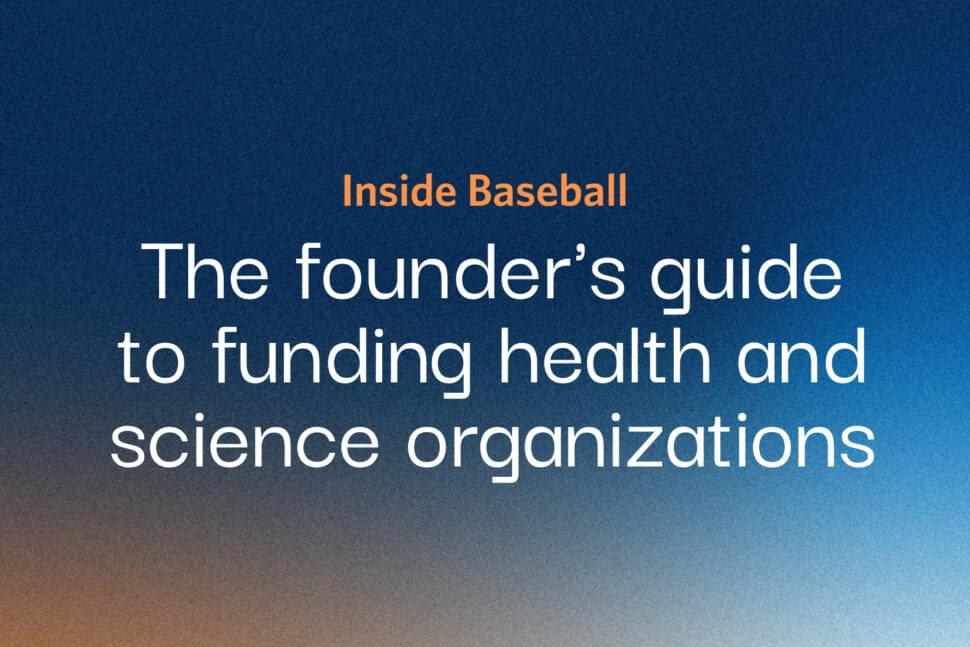
Investors sign hundreds of term sheets over their careers. Founders only do so a handful of times. When you’re raising money to bring your idea to life, there are a myriad of decisions you need to make — what sources of funding to pursue, how to structure your company, what timeline you should work towards. […]

(AP) — Ilya Sutskever, one of the founders of OpenAI who was involved in a failed effort to push out CEO Sam Altman, said he’s starting a safety-focused artificial intelligence company.
Sutskever, a respected AI researcher who left the ChatGPT maker last month, said in a social media post Wednesday that he’s created Safe Superintelligence Inc. with two co-founders. The company’s only goal and focus is safely developing “superintelligence” — a reference to AI systems that are smarter than humans.
The company vowed not to be distracted by “management overhead or product cycles,” and under its business model, work on safety and security would be “insulated from short-term commercial pressures,” Sutskever and his co-founders Daniel Gross and Daniel Levy said in a prepared statement.
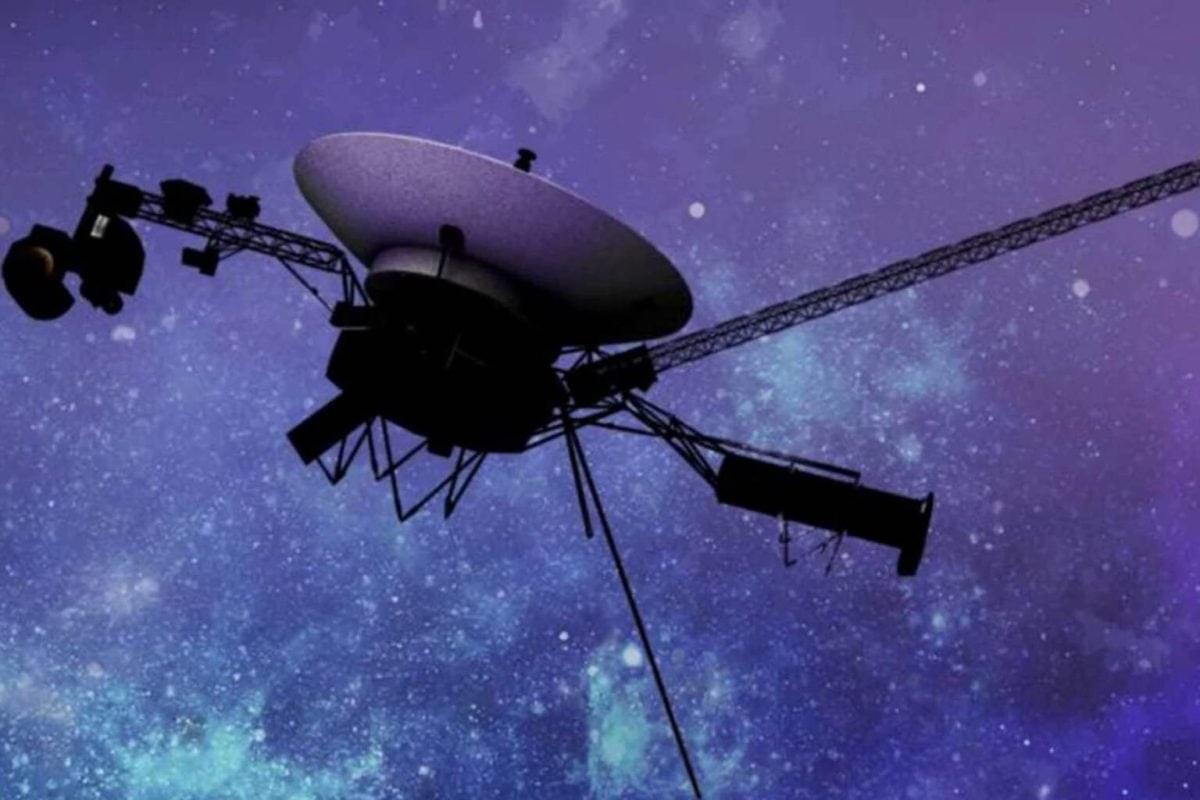
Voyager 1, launched in 1977, has been journeying through space for over four decades, now more than 14.9 billion miles away from Earth. Recently, this legendary probe made headlines once again by crossing an invisible border that separates our solar system from the vast expanse of interstellar space. What it discovered there has left scientists astounded—a “wall of fire” where temperatures soar to an unimaginable 54,000 degrees Fahrenheit.
Since its launch, Voyager 1 has sent back breathtaking images of Jupiter, Saturn, and their moons. But its most daring journey began when it left the familiar territory of the planets behind and headed toward what is known as the heliopause. This is the vast boundary where the sun’s influence fades and the realm of interstellar space begins.
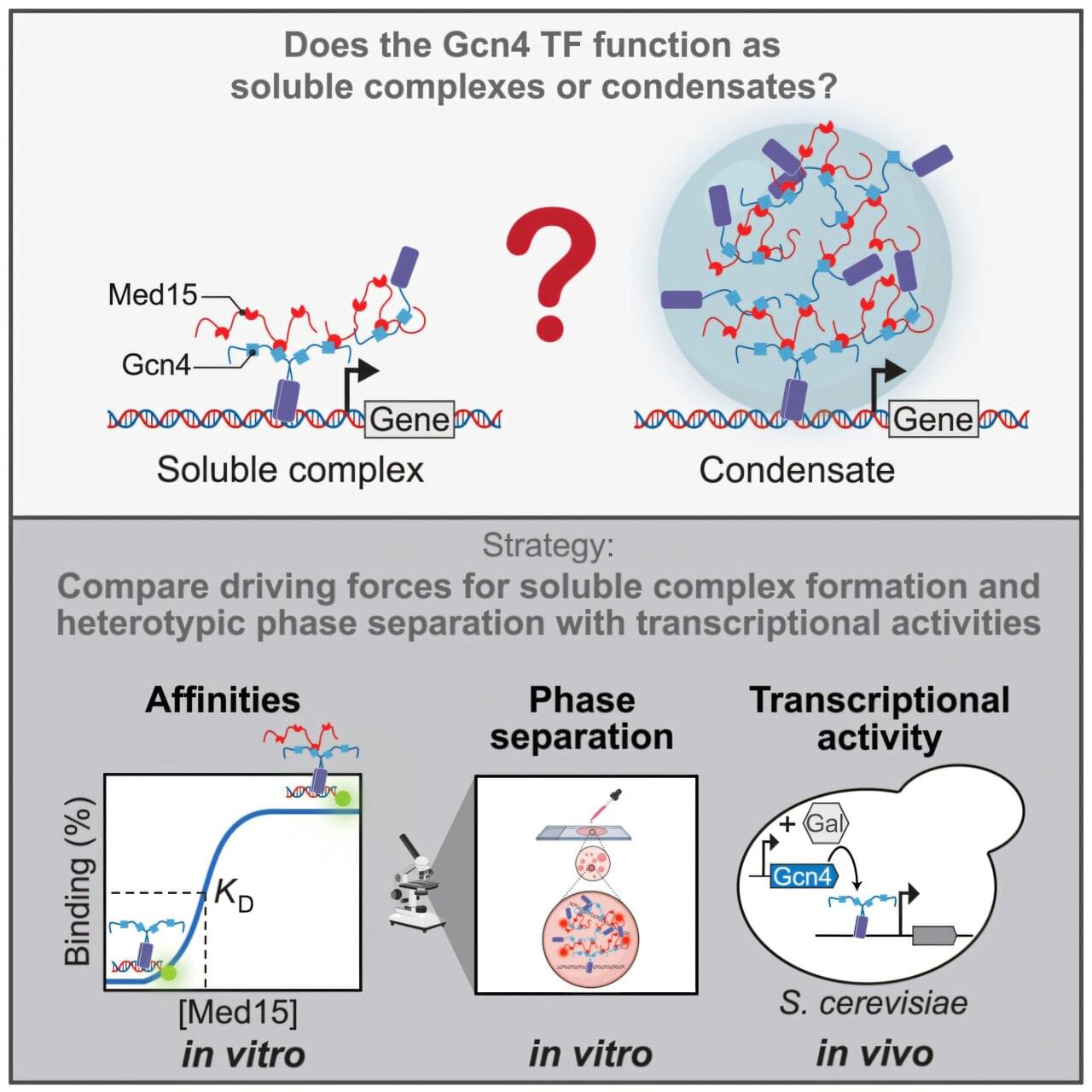
Scientists at St. Jude Children’s Research Hospital have reconciled two closely related but contentious mechanisms underlying transcription, the process of converting genetic information in DNA into messenger RNA. Phase separation has been proposed as a driving force in transcription due to its ability to selectively concentrate proteins and DNA in discrete droplets.

Mechanism of sphingosine mediated tumor suppression.
Both sphingosine and ceramide suppress tumor growth, but the molecular details of this regulation are currently unclear.
Sphingosine-like compounds bind to their target proteins and trigger structural changes that activate PP2A (the protein phosphatase 2A (PP2A) scaffold (PPP2R1A)) and inhibit the importins (KPNB1, TNPO1, IPO7, IPO5).
Together, these actions disable proteins that drive cancer initiation and progression (e.g., YAP, JUN, MYC, the androgen receptor, hnRNPA1, NF-κB, and ribosomal proteins) by triggering their proteasomal degradation and/or inhibiting their nuclear import.
Together, these pathways elicit more robust effects than activating PP2A or inhibiting importins individually.
The effect of endogenous sphingosine on these oncoproteins is limited by its metabolic conversion into ceramide or sphingosine-1-phosphate. https://sciencemission.com/Sphingosine-simultaneously-inhibits
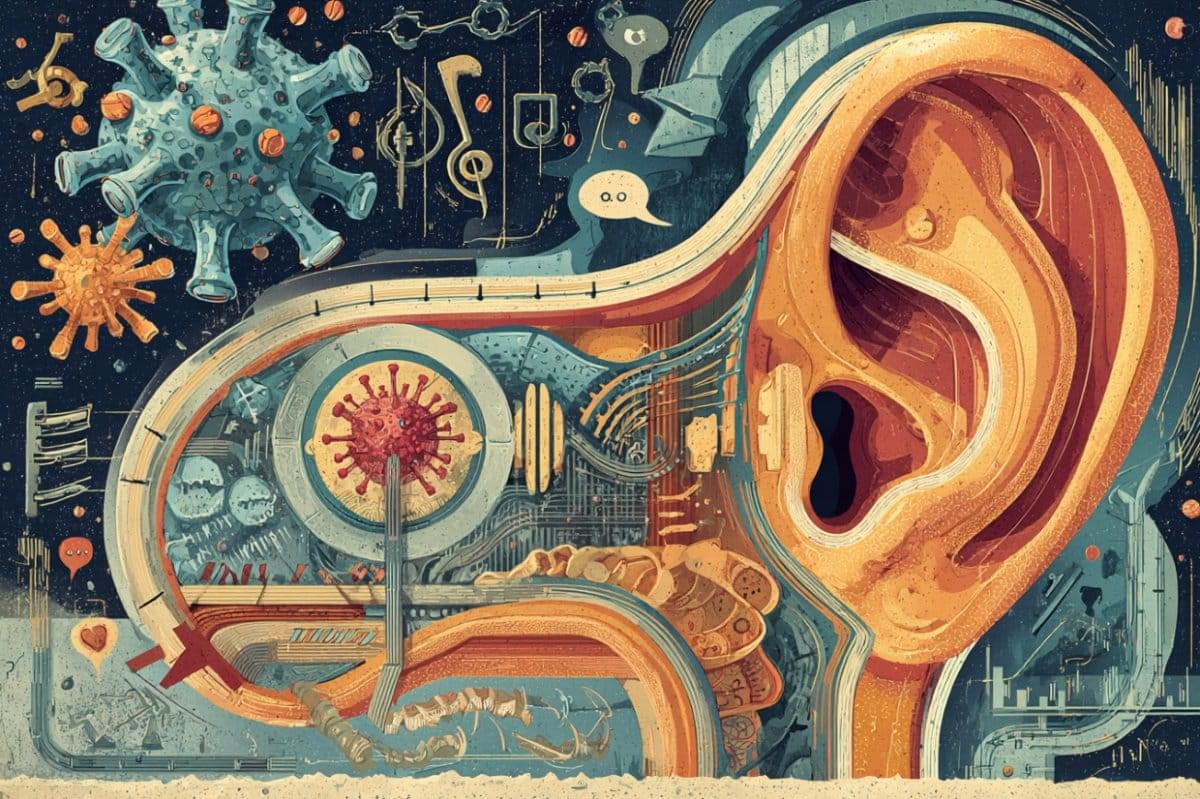
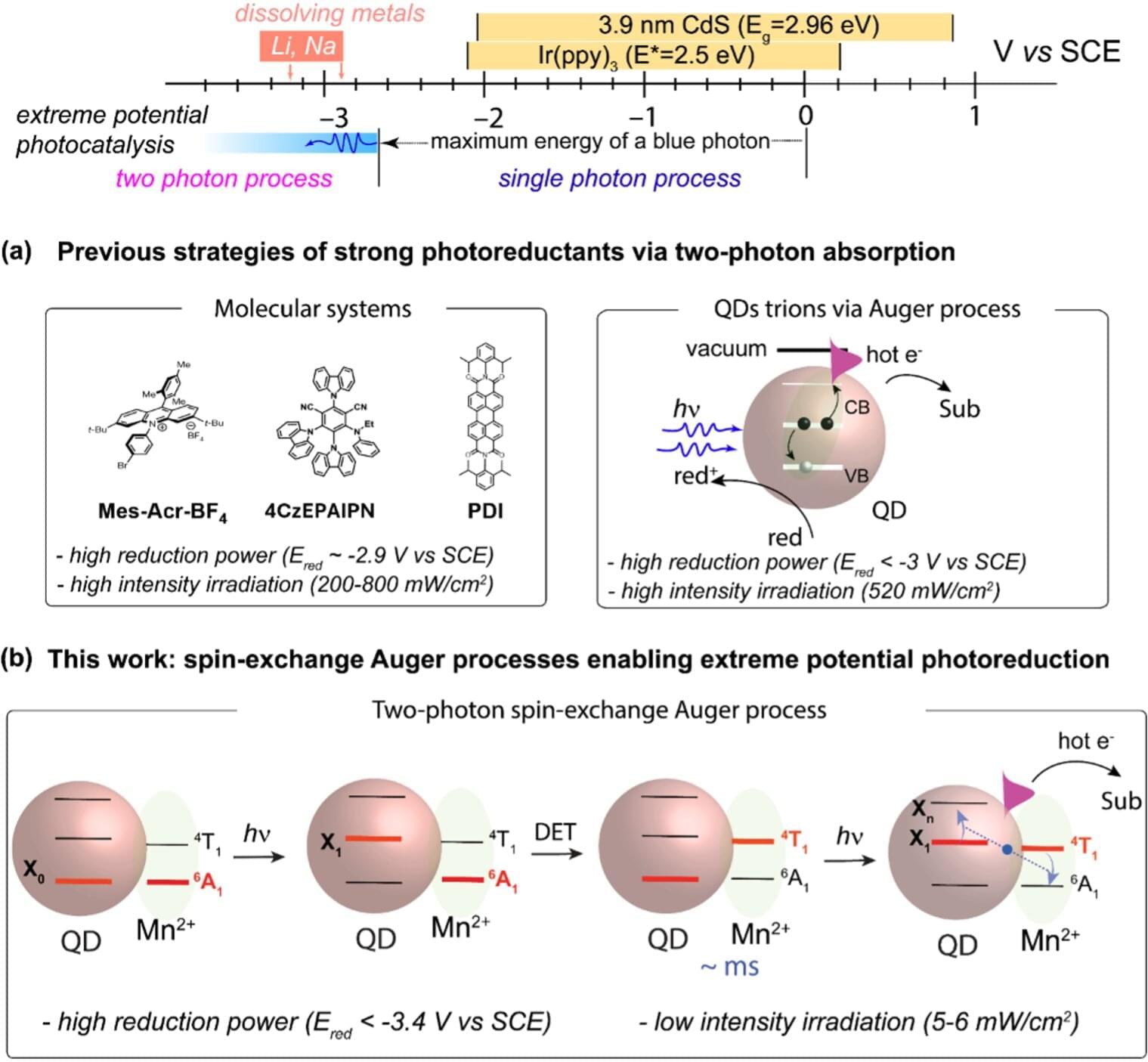
Chemists at the School of Science of the Hong Kong University of Science and Technology (HKUST) have recently made significant progress in photocatalysis by unveiling a “super” photoreductant, marking a major advancement in organic synthesis.
Quantum dots (QDs) hold great promise as photocatalysts for promoting photoredox chemistry. However, their application in photocatalytic organic transformations has lagged behind that of small molecule photosensitizers due to the limited understanding of their photophysics.
While various studies have explored the generation of hot electrons from QDs as a strategy to enhance photoreduction efficiencies, achieving effective hot-electron generation under mild conditions has posed a significant challenge.
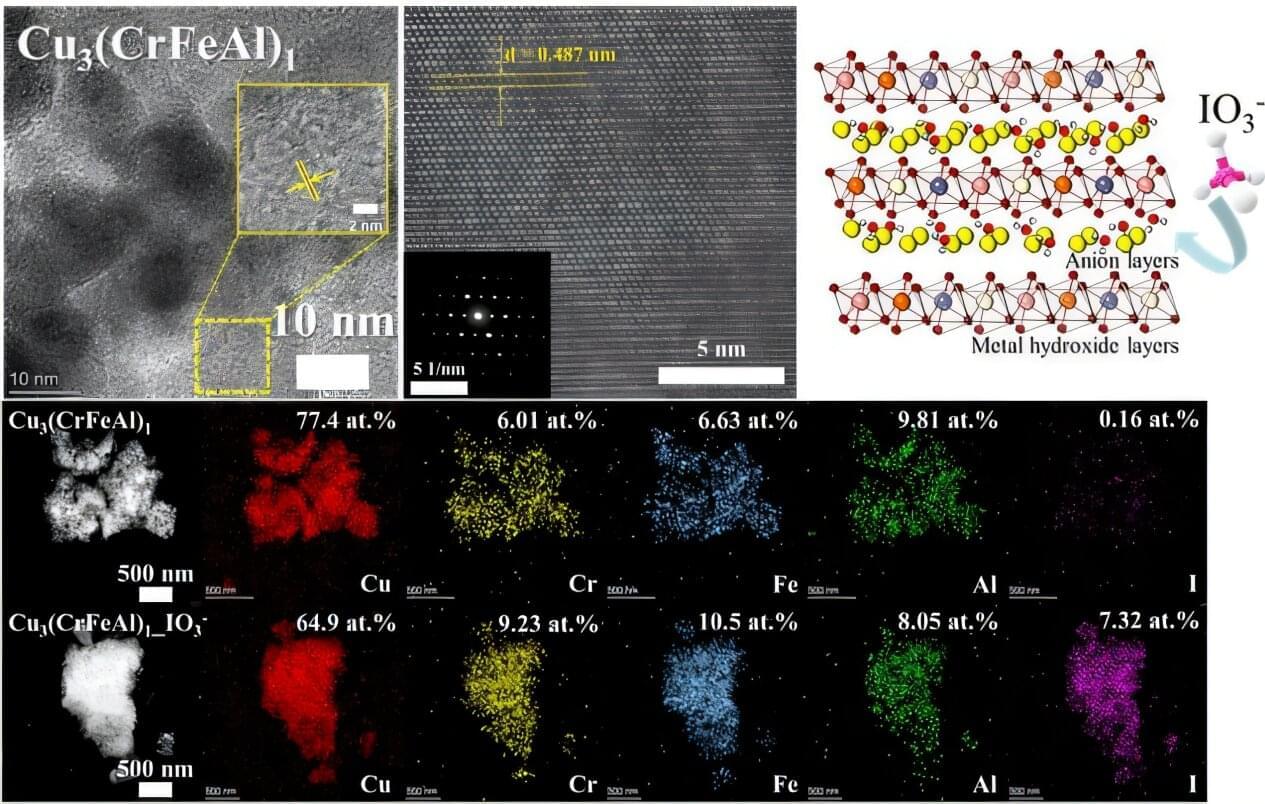
Managing radioactive waste is one of the core challenges in the use of nuclear energy. In particular, radioactive iodine poses serious environmental and health risks due to its long half-life (15.7 million years in the case of I-129), high mobility, and toxicity to living organisms.
A Korean research team has successfully used artificial intelligence to discover a new material that can remove iodine for nuclear environmental remediation. The team plans to push forward with commercialization through various industry–academia collaborations, from iodine-adsorbing powders to contaminated water treatment filters.
Professor Ho Jin Ryu’s research team from the Department of Nuclear and Quantum Engineering, in collaboration with Dr. Juhwan Noh of the Digital Chemistry Research Center at the Korea Research Institute of Chemical Technology, developed a technique using AI to discover new materials that effectively remove radioactive iodine contaminants. Their research is published in the Journal of Hazardous Materials.
